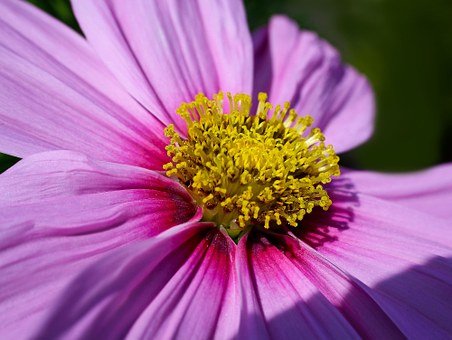Creating Healthy Organic Gardens and Lawns
You can help the environment by creating or transitioning your yard into an organic paradise. Not only will your plants be stronger you will reduce the exposure of harmful chemicals to yourself and your family.These tips can also benefit existing yards but plants that are used to pesticides and chemicals will require some time to adjust to organic methods. The wait is well worth it and your lawn and plants will reward you with longer lasting healthier growth.
Start With a Plan
Begin by asking yourself how much time you actually have to spend on maintaining your yard. A manicured English garden might be your ideal image, but the time required could be out of reach. You will be happier with a design that fits your scheduling and you will have more time to enjoy the results of your hard work.Your lawn and garden plants will also be happier when they are planted in the best locations for their individual preferences. The more you can work with the natural tendencies of the local environment and the plants, the less maintenance will be required and the better everything will grow.Be sure to include lots of different plants; diversity in species has a very positive impact on plant health and beneficial insects.
Draw out a rough plan of where you would like flower beds, grass and walkways.
Environmental Factors and Conditions
Water – particularly an important consideration in drier areas, water availability is a factor with all plants. You should consider the time and efforts involved in watering the far reaches of your landscaping, and ideally plant the edges with tough drought resistant varieties that will require less water and maintenance. Try and keep high consumption plants such as vegetables within easy reach of water sources. Also look for ways to retain moisture such as mulch and windbreaks.
Sunlight – all plants require sun exposure and the amount of light that hits different parts of your yard should play an important role in your decisions of what plants go where. Plants that prefer shady areas will wither in full sun, and sun loving species will not perform in shady conditions.
Soil – most soils will require some type of additive to create a healthy base for your plants. If you have heavy clay soil it will need to be loosened up with the addition of bulky amendments such as mulched straw or peat moss. Lighter sandy soils will hold more moisture and nutrients after an application of manure or compost.
Walkways – regardless of what type or size of yard you are landscaping, you must remember that people, pets and children will be in the area too! Avoid the stress of trampled plants and damaged grass by planning paths for foot traffic to use. There are numerous materials available to create attractive walkways; from rocks, to paving bricks to sand, to stepping stones there is an option that will appeal to you.

Picking Plants
Choose realistically. Buying plants that are foreign or ill-suited to your local environment will cause maintenance issues and force you to expend more time and effort. Plants that are well suited to your climate will naturally perform better. Ask local nurseries for recommendations and observe your neighborhood for thriving species.Organic gardening can be a very simple and enjoyable process once you come to the realization that working with nature is much easier and more satisfying than working against nature.
This post has received a 0.52 % upvote from @drotto thanks to: @banjo.